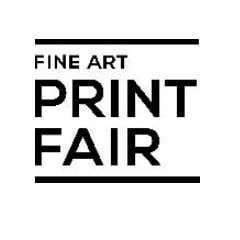Sol LeWitt
-
Biography
Sol LeWitt was an American artist most recognized for his contributions to Conceptualism and Minimalism. Born in Connecticut in 1928, LeWitt went on to study fine art at the University of Syracuse before serving in the Korean War. He moved to New York City in 1953, where he pursued his interest in design alongside his fine art studies at the School of Visual Arts. An entry-level job at the Museum of Modern Art exposed him to fellow artists Robert Ryman, Dan Flavin, Jasper Johns, Robert Rauschenberg, and Frank Stella. LeWitt then started to move away from the dominant Abstract Expressionist aesthetic of the 1950s and became more concerned with Conceptualism, making the idea his central focus. The open cube became a recurring form in his work and developed into his three-dimensional structures, his cement cubes, and his infamous geometric wall paintings. LeWitt's work has been exhibited extensively and internationally, and he has had major retrospectives and museum shows at MoMA and the Whitney Museum of American Art in New York; the San Francisco Museum of Modern Art; the Museum of Contemporary Art Chicago; the Gemeentemuseum in The Hague; and the Kunsthalle Bern. His work can be found in important museum collections, including the Solomon R. Guggenheim Museum in New York; Tate Modern in London; the Centre Pompidou in Paris; the National Gallery of Art in Washington, DC; and the Stedelijk Museum Amsterdam.
-
Works
Art Fairs




